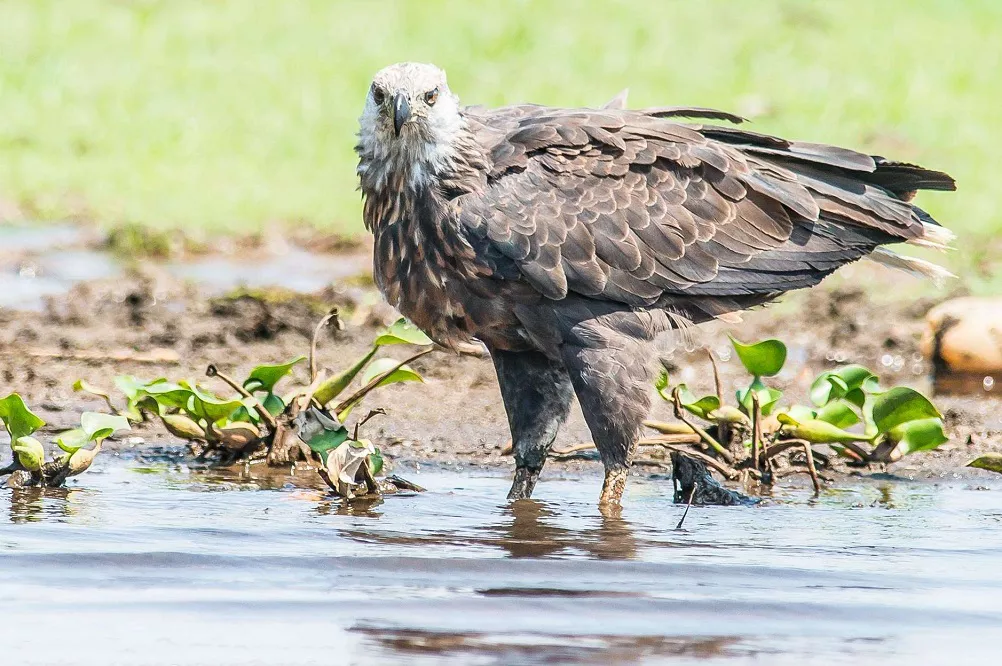Eagles are one of the most magnificent and powerful birds of prey in the world. There are many species of eagles, each with its own unique characteristics, habitats, and behaviors. However, among all the species of eagles, there is one that stands out as being the rarest and most endangered: the Madagascar Fish Eagle.
The Madagascar Fish Eagle, also known as the Haast’s Eagle, is a species of eagle that is native to Madagascar, an island nation located off the coast of East Africa. This species of eagle is considered to be the rarest in the world due to its limited range and small population. It is estimated that there are only around 100 to 500 individuals of this species still in existence today.
The Madagascar Fish Eagle is a large bird of prey, with a wingspan that can reach up to 6 feet. This species is characterized by its brown and white plumage, with distinctive white head and tail feathers. It is an apex predator that feeds primarily on fish, hence its name, but it will also hunt other birds, reptiles, and mammals if necessary.
The Madagascar Fish Eagle once lived throughout the forests and wetlands of Madagascar, but today its habitat has been severely reduced due to the destruction of its natural habitat for agriculture, urbanization, and other human activities. This has left the species with a very limited range, and it is now considered to be critically endangered.
Conservation efforts have been underway for many years to try and save the Madagascar Fish Eagle from extinction. These efforts have included habitat restoration, captive breeding programs, and protection of nesting sites. In addition, awareness campaigns have been launched to educate the local population about the importance of preserving the species and its habitat.
In conclusion, the Madagascar Fish Eagle is a truly remarkable species of eagle that is facing an uncertain future. However, with the help of conservation efforts and increased public awareness, it is possible that this species can be saved from extinction. It is important to remember that each species of wildlife plays a critical role in the ecosystem, and we must work to protect them all so that future generations can enjoy the beauty and wonder of the natural world.


 Facebook
Facebook  Instagram
Instagram  Youtube
Youtube 